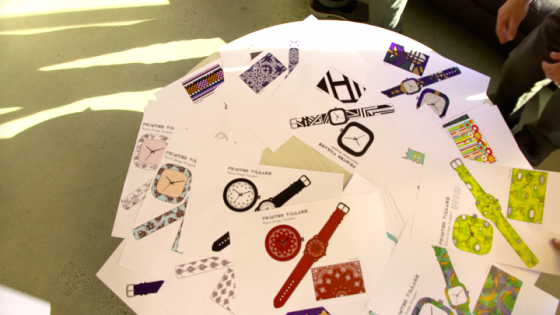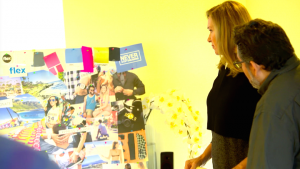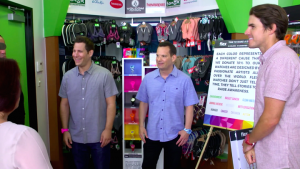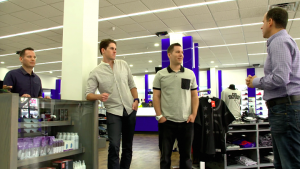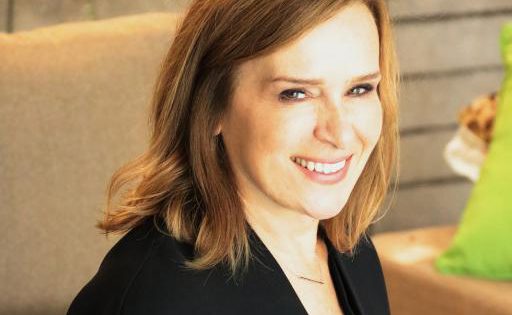In honor of yesterday’s news that Twitter will be shutting down the 6-second video platform Vine, we wanted to revisit our interview with Vine artist sensation and Twitter animator/producer Ian Padgham, where he gave us insight into how we can all be more creative, even in 6 seconds.
At Oishii Creative, we believe design thinking can’t be constrained; it fuels innovation and helps us think big. In our Think Like A Tourist series, we explore life at the intersection of creativity, thinking and technology. We recently asked Vine artist sensation and Twitter animator/producer Ian Padgham about what inspires him, and how he makes six seconds feel so dramatic, engaging and big.
What artists or music inspires you in your work? Why?
Albrecht Dürer, M.C. Escher, Bill Watterson, Bob Ross.
When did you start working on the Vine platform? What attracted you to it?
The day it came out. I liked the ability to produce content immediately and share it just as fast. Nothing saps the creativity and joy out of a project like months of meetings and revisions.
How does Vine compare to other mediums?
While Vine is little more than animated GIFS with sound, there is something truly special about the platform. This is partly due to the community, and partly due to the fact that, at least initially, it was a production toolkit with incredibly limiting parameters. That has since changed, but I think the ethos of DIY ingenuity continues to set the tone.
Which project do you find most inspiring and creative?
Projects that have no precedent and no goal other than creating something delightful and different.
What inspires you as an artist? Where do you find your stories to capture/tell?
I’m not a huge fan of the word inspiration. It feels like it’s saying that something out there is giving us a hint of what is cool, like we need to find a muse that will show us the way. I think stories and ideas just come from letting our minds off their leashes and letting them roll around in the park.
In 2013, observers pointed out that Vine was built on “constraints.” It allows you make edits and stitch them together for a story. You’ve worked out Vine’s constraints and taken shots and motion into a new medium. What does your process look like?
It depends on the Vine. Some Vines I make up as I go along, literally letting the animation flow out frame by frame without forethought.
